Mindoro is a province that stands out due to its stunning landscapes, vibrant culture, and constant efforts to ensure the safety of its citizens. Through disaster preparation programs, the Calapan City local government is committed to safeguarding people’s lives and means of subsistence from the threats posed by typhoons and flooding. The ASEAN Heritage site
Mindoro is a province that stands out due to its stunning landscapes, vibrant culture, and constant efforts to ensure the safety of its citizens. Through disaster preparation programs, the Calapan City local government is committed to safeguarding people’s lives and means of subsistence from the threats posed by typhoons and flooding. The ASEAN Heritage site Mount Iglit-Baco National Park is adored by the province. It supports a wide variety of flora and fauna, including the endangered Tamaraw. Rich in culture and history, the Mangyan people were the first to settle on the island. Despite external influences for hundreds of years, they have managed to preserve their language, customs, and way of life. These things demonstrate Mindoro’s strength, wealth, and depth of culture.
Improved Disaster Readiness in Calapan City, Oriental Mindoro

For the flood-prone community in the City of Calapan, Oriental Mindoro, the Bucayao River Control project at Camansihan Section of DPWH Mindoro Oriental.DEO is crucial because it will lessen the effects of flooding and protect locals from the risks of river overflow, which could have catastrophic consequences for property, lives, and the local economy.
The project entails constructing 205.82-L.M. of concrete revetment on top of a concrete pile cap with 12.0-M hot rolled Z-Type FY50 steel sheet piles.
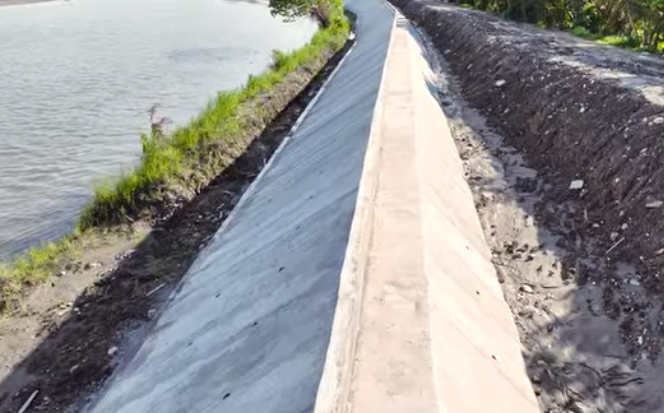
According to CESO III Salvador E. Abad, the district engineer for Mindoro Oriental, who updated DPWH MIMAROPA Regional Director Gerald A. Pacanan. In addition to assisting communities in becoming more resilient to natural disasters, the project fosters the growth and prosperity of the local economy.
Mt Iglit-Baco National Park
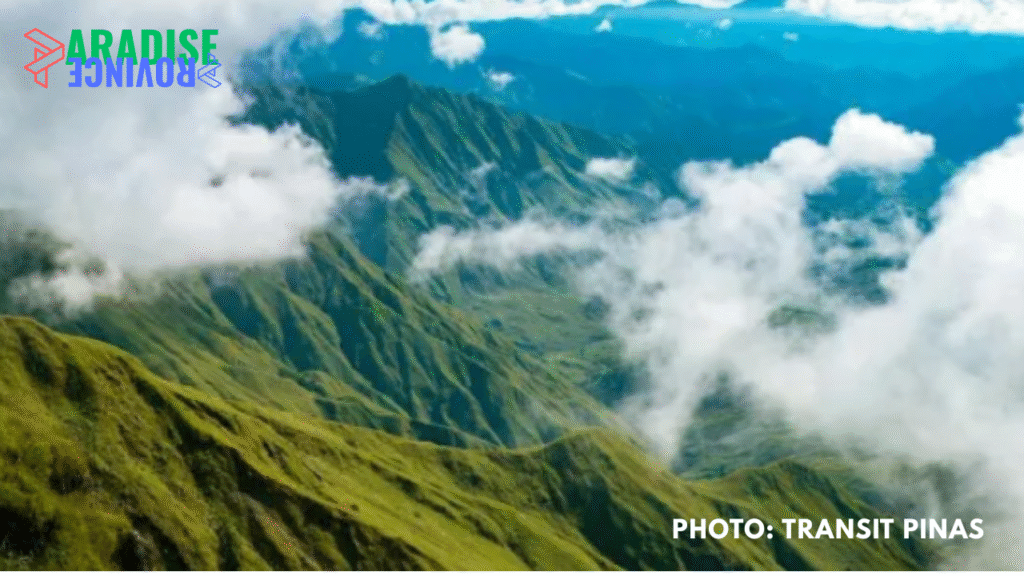
Upland hardwoods, including Anthocephalus chinensis, Artocarpus blancoi, Ficus nota, Hawili, Alibangbang, and Balinghasai, cover Mount Iglit-Baco National Park. Among the larger native tree species that are now scarce in other regions of the world are kalantas, tindalo, almaciga, and kamangong. The Park’s botanical significance is further enhanced by the presence of the endangered Jade Vine.
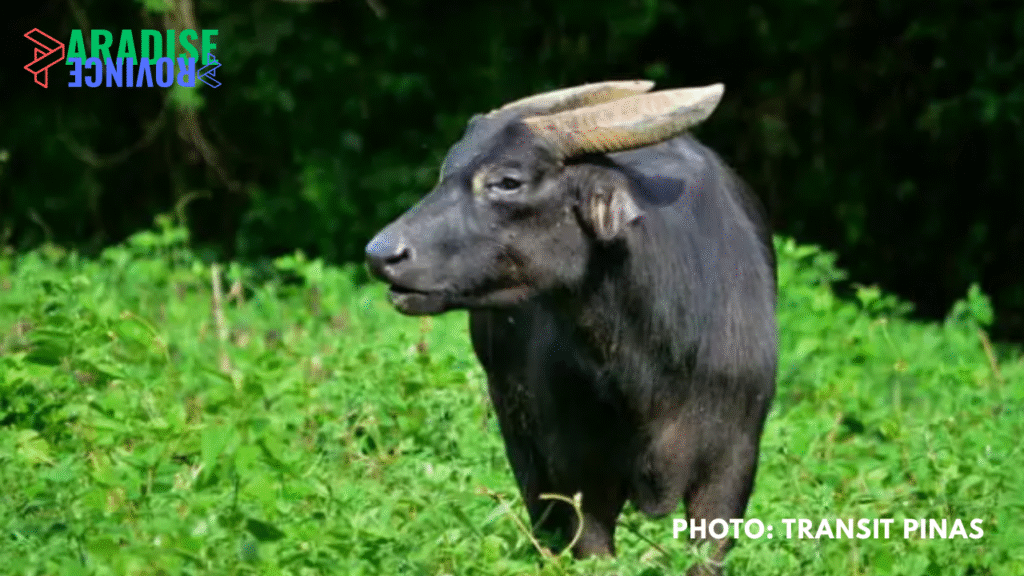
One of the most seriously endangered large mammals in the Park is the Tamaraw (Bubalus mindorensis), a native species. Indeed, it was primarily because of the Tamaraw that the area was initially designated as a “game refuge and bird sanctuary.
” It is now recognized as an ASEAN Heritage Park. Other animals that call this place home include the Mindoro Cloud Rat, Philippine Deer, and Wild Pig.Additionally, the Park is home to several birds that are unique to the island, including the Heart Pigeon, Black-hooped Coucal, Scarlet-collared Flowerpecker, Mindoro Imperial Pigeon, and Mindoro Scops Owl.
The Enduring Heritage of the Mangyan in Mindoro
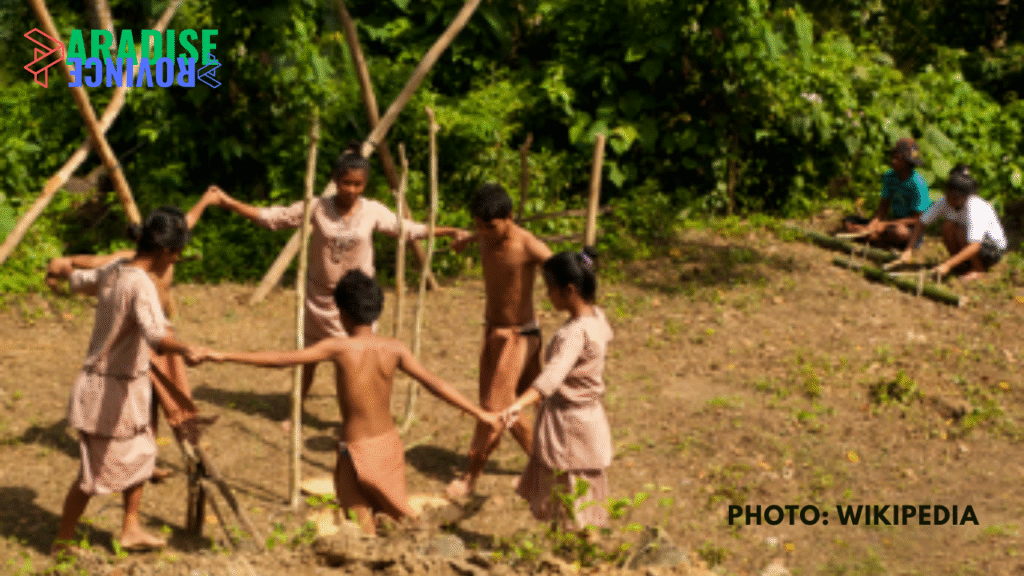
Mindoro’s first inhabitants were the Mangyans. They migrated inland and into the highlands from their coastal homes in order to escape foreign settlers such as the Tagalogs, the Spanish with their religious missions and conquests, and Moro raids.
Although they travel to the lowlands to trade, they live in relative isolation along the banks of rivers in the highlands. Their way of life is sustained by hunting, farming, and fruit harvesting.
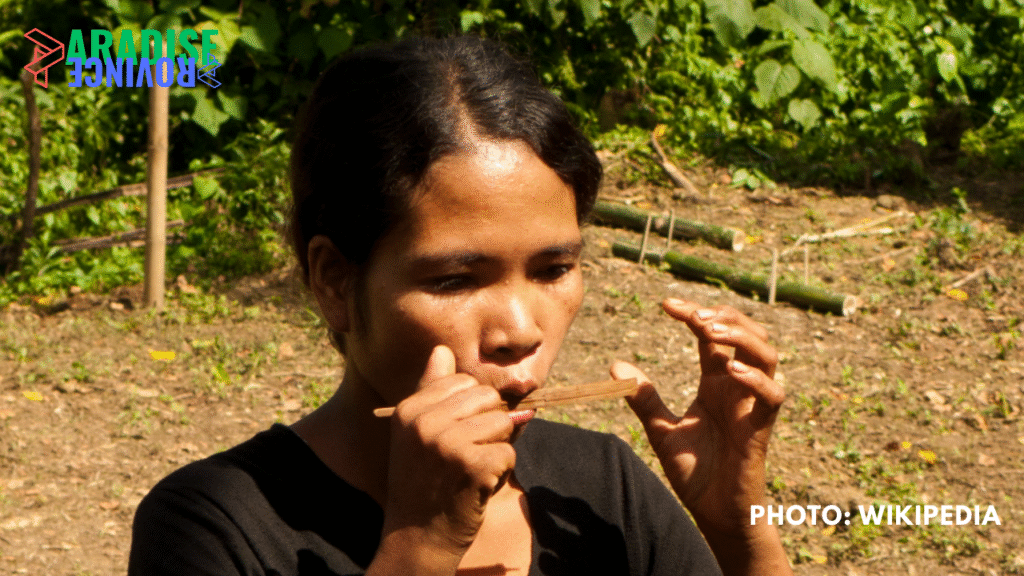
“Hanunóo” means “true,” “pure,” or “genuine,” and it is the name of one of the Mangyan communities in Southern Mindoro. This name reflects their commitment to upholding the traditions and customs of their ancestors by rigorously adhering to them. Several Mangyan ethnic groups inhabit the island, such as the Iraya, Alangan, Tadyawan, Tawbuid (referred to as Batangan by lowlanders on the western side), Buhid, and Hanunoo.
Many believe the Ratagnon, who reside at the southernmost tip, have married into the nearby Bisaya (Cuyonon) lowlanders. Nevertheless, because they speak the “western” dialect of the language, the Bangon people of eastern Mindoro might be a subgroup of the Tawbuid.
In essence, Mindoro is more than just a destination of natural beauty; it is a province that embodies resilience, heritage, and progress. From proactive disaster readiness in Calapan City to the ecological treasures of Mount Iglit-Baco National Park and the enduring traditions of the Mangyan people, Mindoro showcases a harmonious balance between preservation and development. These qualities not only highlight the province’s strength and cultural depth but also affirm its role as a shining gem of the Philippines, worthy of pride, protection, and celebration.

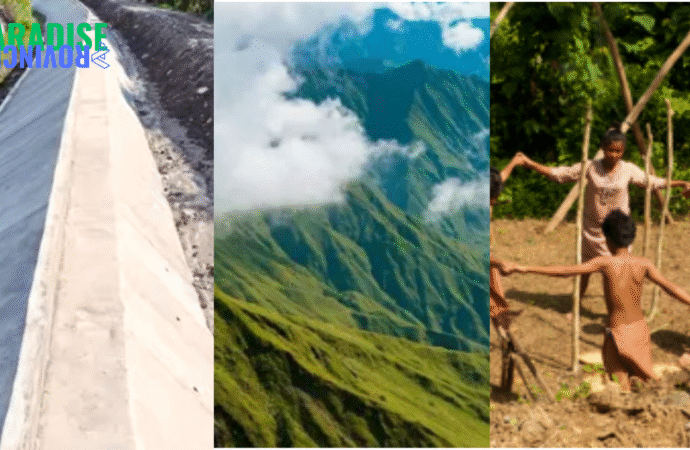
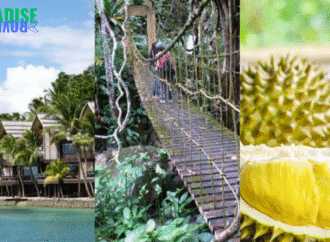
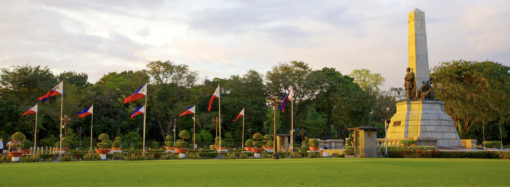
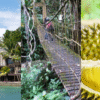




Leave a Comment
Your email address will not be published. Required fields are marked with *